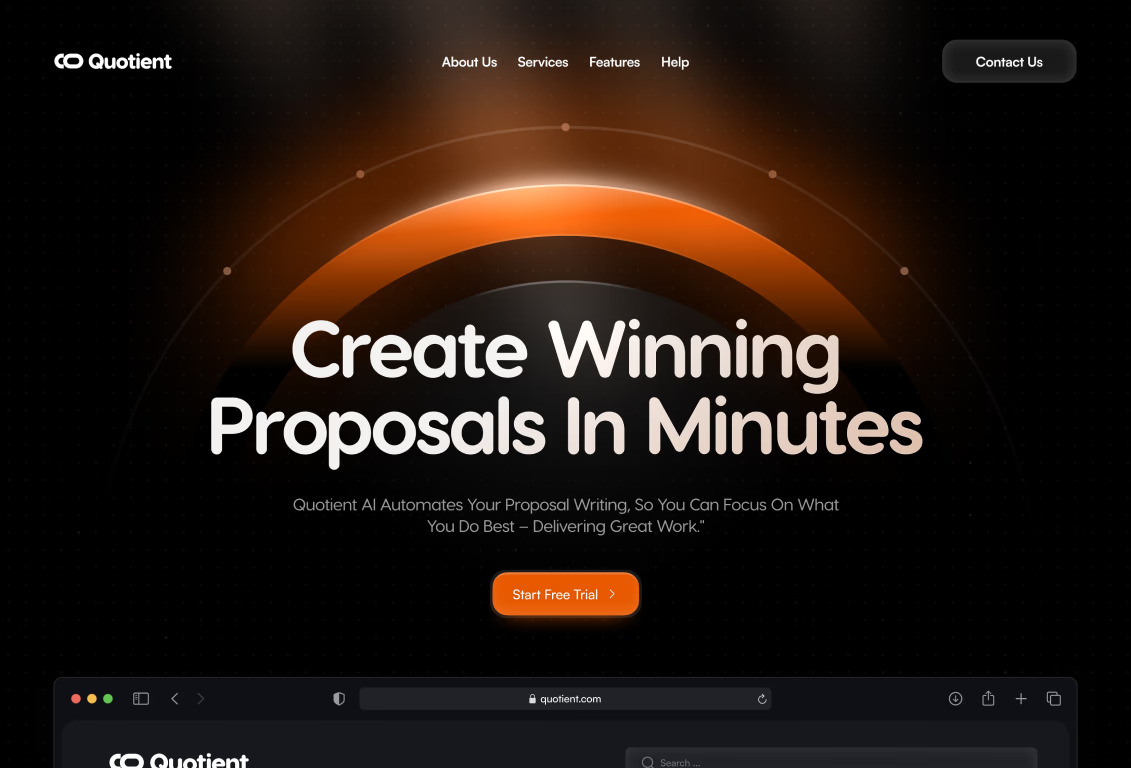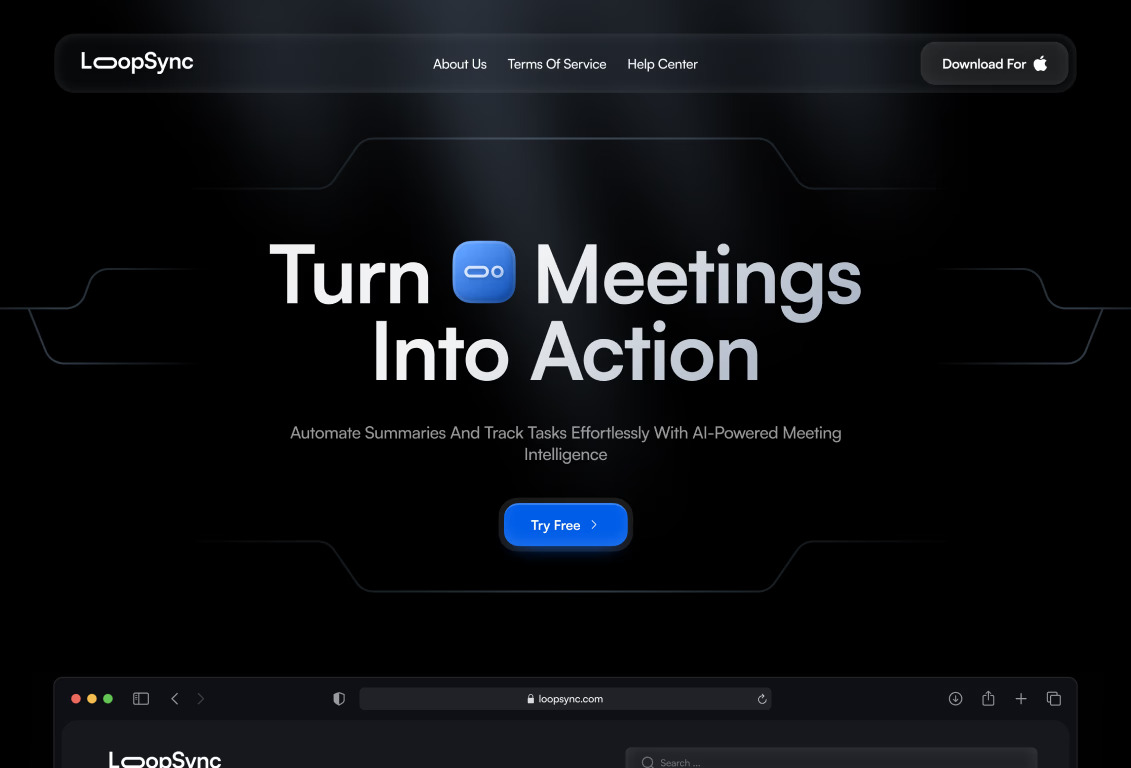From legacy system modernization to cutting-edge application development, our engineering team delivers robust, scalable, and maintainable code for mission-critical systems.








CTO, Enterprise Systems Inc.
Our engineering process follows industry best practices
Deep technical analysis of requirements, existing systems, and infrastructure needs to create a solid architectural blueprint.
Iterative development using Agile methodologies, with regular CI/CD integration and rigorous unit and integration testing.
Seamless deployment with zero-downtime strategies, comprehensive monitoring, and long-term maintenance support for optimal system performance.
Delivering scalable, efficient code for complex business needs
High-performance APIs, databases, and server-side applications built with modern frameworks and architecture patterns.

Responsive, performant user interfaces with modern frameworks and a focus on accessibility and UX.

CI/CD pipelines, cloud infrastructure, and containerization for reliable, scalable deployments.

Technical solutions delivered for real-world challenges




Technical excellence that sets us apart from typical development teams
Modular, maintainable code with comprehensive documentation and adherence to SOLID principles
100% test coverage with unit, integration, and end-to-end tests for reliable, stable systems
OWASP compliance, penetration testing, and secure coding practices built into every solution
Cloud-native architecture designed to scale horizontally with containerization and orchestration
Systems designed for maximum throughput with optimized algorithms and efficient resource utilization
Comprehensive system observability with real-time alerts and proactive issue resolution
Flexible engagement models for your development needs
One development sprint at a time. Pause or cancel anytime.
Full development team access. Scale as needed.
Common questions about our development process

Email us: [email protected]
Our engineering team has deep expertise across multiple technology stacks including Java, Python, JavaScript/TypeScript, Go, C++, and Rust for backend development. For frontend, we work with React, Angular, Vue, and native mobile development (iOS/Android). We're also experienced with cloud platforms (AWS, Azure, GCP), containerization (Docker, Kubernetes), and database technologies (SQL and NoSQL).
We implement a multi-layered approach to quality and security: automated static code analysis, comprehensive unit and integration testing (with minimum 80% coverage requirements), peer code reviews, and regular security audits. All our development follows OWASP security guidelines, and we employ CI/CD pipelines with automated testing to catch issues early. For critical systems, we also conduct regular penetration testing and vulnerability assessments.
We primarily use Agile methodologies (Scrum or Kanban depending on project requirements) with two-week sprints. Our process includes daily standups, sprint planning, retrospectives, and regular demos. We use JIRA or Azure DevOps for project management, and maintain detailed documentation in Confluence. For complex enterprise projects, we sometimes implement a hybrid approach that incorporates elements of traditional planning for critical architecture decisions while maintaining agile flexibility.
We design systems with scalability in mind from day one, implementing microservices architecture where appropriate, containerization for flexible deployment, and auto-scaling configurations. For performance optimization, we utilize database query optimization, caching strategies (Redis, Memcached), CDN implementation, and asynchronous processing for resource-intensive tasks. We conduct regular load testing to identify bottlenecks and implement both vertical and horizontal scaling strategies as needed.
Our legacy system modernization follows a methodical approach: First, we conduct a comprehensive assessment of the current system, identifying pain points and technical debt. We then develop a phased migration strategy that minimizes business disruption. Depending on the system, we might implement the strangler pattern, where new functionality gradually replaces old components, or use a service facade to encapsulate legacy code while modern interfaces are built. Throughout the process, we maintain rigorous testing to ensure functional equivalence and implement automated tests for regression testing.
We implement Infrastructure as Code (IaC) using tools like Terraform, CloudFormation, or Pulumi to ensure consistent, version-controlled infrastructure. Our CI/CD pipelines typically use GitHub Actions, Jenkins, or GitLab CI with automated testing, security scanning, and deployment. For monitoring and observability, we implement ELK stack or Grafana/Prometheus solutions with custom alerting based on key performance indicators. We also provide 24/7 monitoring services with defined SLAs for critical production systems.
Discuss your project requirements with our senior engineering team and discover how our technical expertise can drive your business forward.
